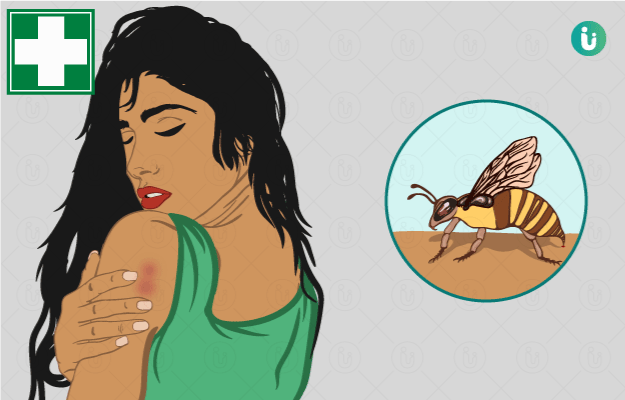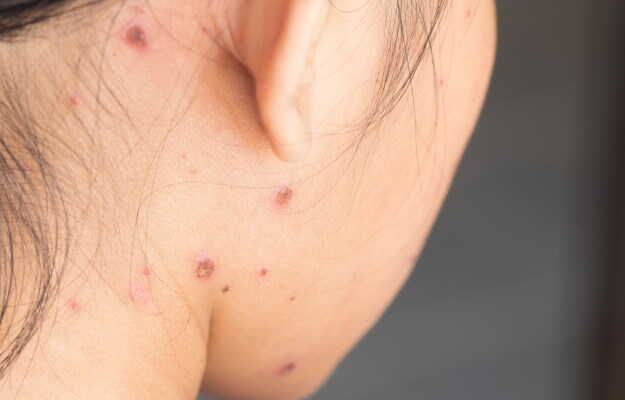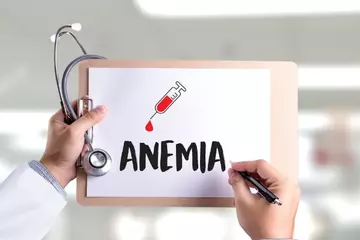What is a bee sting?
A bee sting, which simply means a sting by a bee, can be extremely troublesome. Bee stings hurt more than other insect stings because they are acidic, and hence the body reacts differently to them.
If a person stung by a bee has had allergic reactions to bee stings in the past, it can become potentially life-threatening.
What are its main signs and symptoms?
A bee sting can produce a different reaction in each person or even different reactions in the same person in different situations. The reactions are broadly categorised as mild, moderate and severe.
- Mild reactions resolve in less than a day.
- Burning sensation and pain at the sting site
- Redness and slight swelling
- Moderate reactions take about a week to subside.
- Swelling which gradually grows in size
- Persistent redness for a few days
- Severe reactions called anaphylactic reactions can be fatal and are considered a medical emergency, requiring immediate treatment.
What are its main causes?
- When a person is stung by a bee, its stinger releases venom into the skin. This causes pain and swelling.
- People living in areas around bee hives or those working with bees are more susceptible to a bee sting.
- An individual who has been stung by a bee in the past is at higher risk of a more severe reaction.
How is it diagnosed and treated?
- If you get stung by a bee, tests are advised to check if you are allergic to bee venom. The tests include:
- A blood test to check for levels of certain antibodies called IgE antibodies.
- A skin patch test, in which a small amount of venom is injected to see if you develop a reaction.
- For stings in which there is a mild reaction, it is important to remove the stinger to reduce the venom in the body and then apply a topical steroid cream. Antihistamines can also be used, along with cold compresses.
- In more severe cases, immediate treatment is required for anaphylaxis, which includes epinephrine injection, supplemental oxygen and intravenous fluid administration. Anaphylaxis is considered a medical emergency, and immediate treatment should be sought.

 Doctors for Bee Sting
Doctors for Bee Sting  Bee Sting articles
Bee Sting articles

 First Aid for Bee Sting
First Aid for Bee Sting







 Dr. Medhavi Agarwal
Dr. Medhavi Agarwal











